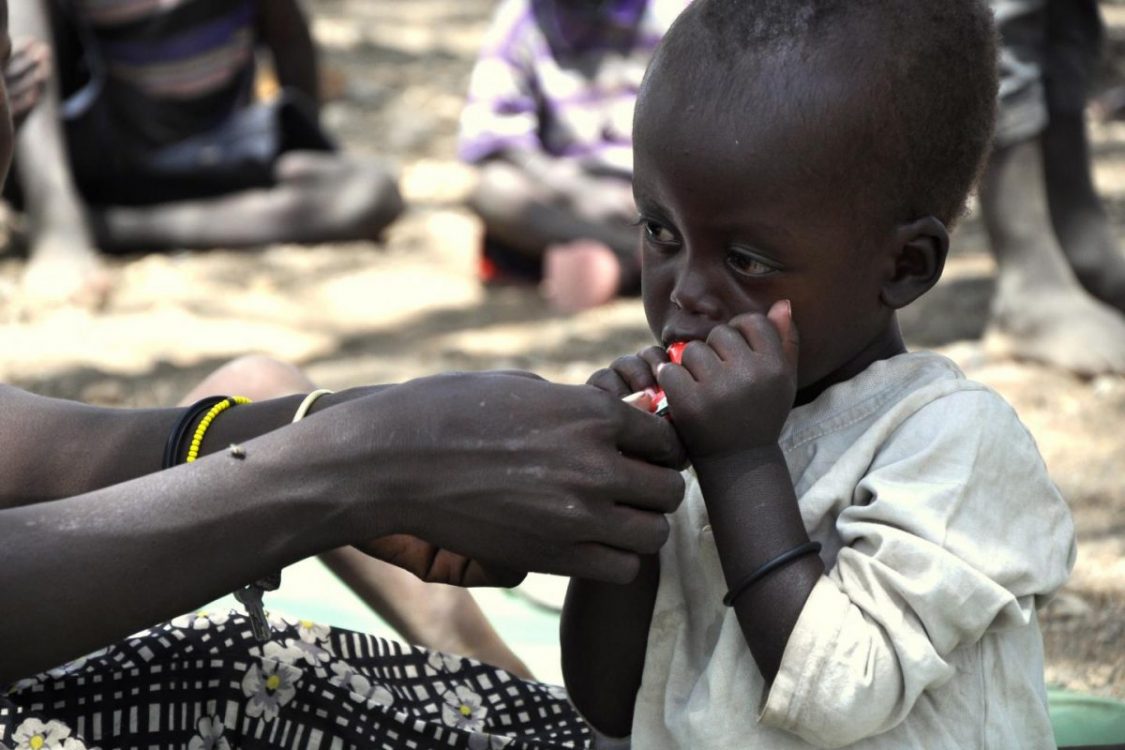Is your child short and thin? blame poverty
By Nganga, January 19, 2023Health professionals, county governments and policy makers can borrow from the newly-published Demographic and Healthy Survey if they aim to improve the health of children, reduce child mortality and, over the long term, help Kenyans to live longer.
The survey found that a large proportion of maternal and childhood deaths occur within the first 48 hours after a child is born.
Prompt medical attention for both the mother and the child “is important to treat any complications arising from the delivery,” says the survey compiled after 42,022 households were interviewed.
It also says the first two days are critical in educating a mother on how to take care of her health and that of her child.
The survey says the chance of a new mother receiving life-saving medical attention is determined by her family’s wealth.
Women from better off families are more likely to receive health checks (89 per cent) compared to those from poorer families (59 per cent). Similarly, women from urban areas had an advantage compared to rural women at 79 and 69 per cent respectively.
This is not just data. It is information that health services managers can, and ought to leverage to improve maternal and newborn care and reduce inequalities arising from wealth and geography.
Respiratory infections
“The proportions of women who received a postnatal check during the first two days after a live birth are lowest in Wajir (37 per cent), Marsabit (41 per cent), Meru (41 per cent), Garissa (45 per cent), and Mandera (46 per cent),” says the survey, highlighting yet another need for the Ministry of Health to design interventions that can improve outcomes in these marginalised and semi-arid regions with the long time aim of reducing inequalities.
One other area for policymakers to intervene is in putting in place systems that can reduce the causes of child illness and death — called morbidity and mortality in health parlance respectively.
The report says a child is likely to fall sick — in a worst-case scenario die — from acute respiratory infection, fever and dehydration from diarrhea. Yet, these are curable through administration of appropriate drugs, or, in the case of dehydration, clean water.
Such information ought, ideally, to inform the purchase and distribution of drugs to ensure adequate and affordable supply in regions where this illnesses are most prevalent.
“Forty-eight per cent of children with diarrhea received oral rehydration salts (ORS), 40 per cent received zinc supplements, 32 per cent received ORS and zinc supplements, and 26 per cent were given ORS, zinc supplements and continued feeding,” the survey says of the interventions put in place to save the lives of the affected infants and highlighting the need for all public health institutions to be stocked with these medicines/supplements to improve child health.
Improved nutrition
Another anomaly that the study highlights is that parents in urban areas were more likely to seek either advice or treatment for children with respiratory infections (90 per cent), compared to their counterparts in rural areas (78 per cent), probably on account of cost of seeking such interventions.
Globally, health experts have established that the age between 0 to five years are the most critical in a child’s development. Other factors remaining constant, a child has high chances of growing into adulthood after this phase. However, they must be monitored to ensure they develop all the three sub-domains of growth: health, learning and psychosocial well-being.
“Within the domain of health, the policy stipulates that every child should be monitored for developmental milestones and that, where delays are detected, immediate appropriate interventions are implemented,” says the report.
Detecting such problems early should trigger administration of early interventions, such as improved nutrition.
“Eighteen per cent of children under age five are stunted, or too short for their age,” the report notes. “This is a sign of chronic under-nutrition”.
Another five per cent are wasted (meaning they are too thin for their height), which in turn means they are not eating enough while three per cent are over-weight (over-nutrition). Another 10 per cent are underweight (or too thin for their age).
On a positive note, the report says the prevalence of stunting has been decreasing since 1993 — with the greatest decrease witnessed between 2008 and 2009. But wasting and overweight children remained almost the same over the period.
“Stunting is higher among children in rural areas (20 per cent) than in children in urban areas (12 per cent),” the report says of the contradiction arising from the fact that most rural areas in Kenya are agriculturally productive.
Fewer children of the wealthy, it goes without saying, suffer from stunting compared to their counterparts from poorer families. Cases of stunting are most common in Kilifi and West Pokot. They are lowest in Kisumu and Garissa.
Also worth noting is that 22 per cent of children born to mothers with no education are stunted, compared to only nine per cent of their counterparts born to mothers with more than secondary education. This finding highlights the need to keep girls in school longer for the long-term health and well being of future generations.
